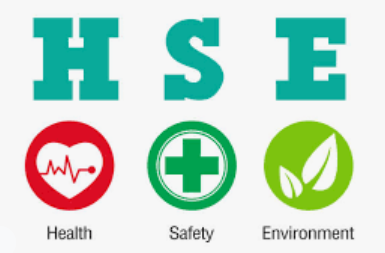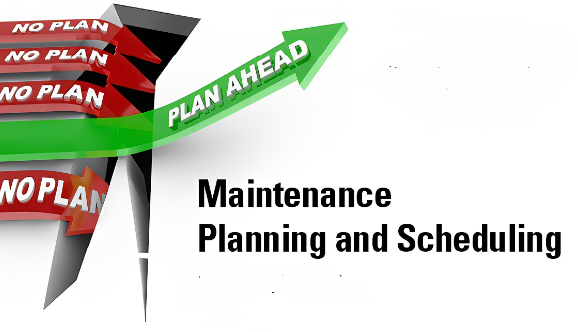Title Page
-
6S AUDIT
Record observations in the note section
Highlight opportunities for improvement with ‘OFI’. -
Location
-
Assembly 1st Floor
-
Auditor
-
Co Auditor
-
Date
6S AUDIT Record observations by clicking on the NOTES section on each question<br>Highlight opportunities for improvement with ‘OFI’.
SORT
-
Benches, Drawers, Shelves and storage are clear of items that do not belong. (Personal items, tools that are not being used, loose fixings etc. Food stuffs sealed and stored away from production areas or out on display in offices)
-
Unfinished work that cannot be completed has been removed from the area (Items that are awaiting a decision or parts, anything that may not be completed that day)
-
A red tag area is established and used to hold items that require further consideration (An area that holds items that are awaiting a decision or pickup from facilities or another department)
-
Redundant items have been removed from the area (e.g. old tools/ materials/equipment) (Old equipment that is no longer in service or used)
SET
-
Information boards have been established (KPI’s and management info) (Information boards are established in the standard format set out for MBC)
-
Storage positions and containers are clearly labelled with accurate details (No mixed inventory or unidentified storage)
-
Benches and equipment are clearly identified, well ordered and items are in their place (Correct labelling of tools, equipment and their respective locations, the items are in their defined location)
-
The area is well organised and features clear, orderly flow (A clearly demarked layout that minimises non value adding activity)
-
Is visual management employed and used effectively? (Are the assembly and test areas, quarantine etc identifiable? Are in-trays and document storage identified? Does the visual management enhance the process and improve performance?)
SHINE
-
All surfaces, equipment, storage bins and floors are clean and undamaged (No dirt in bins, on benches or on equipment and surfaces, Including in corners)
-
The working environment is of a high standard (Does it meet the requirements for each activity? Considerations include Lighting, air quality, temperature, layout, accessibility)
-
Waste is collected regularly and disposed of appropriately (Waste chemicals, paper, plastic and cardboard are disposed of using the correct provisions)
STANDARDISE
-
Is standardisation of workplace organisation achieved? (The same conventions are applied throughout the business)
-
Roles and responsibilities are defined for the maintenance of areas (CI actions are on the board and responsible individuals are identified)
-
Individuals are trained and proven (see skills matrix) to do their current role (Do they have a matrix? is it current?)
SUSTAIN
-
Have previous 6S actions been addressed and maintained? (Has the report been followed and the actions addressed?)
-
Information boards relating to the area are legible and up to date (Information boards feature the most recently distributed information)
-
Does the area have a nominated 6S champion? (The area has a nominated 6S champion and they are driving 6S activities)
SAFETY
-
Are safety equipment, emergency exits, Fire lanes Etc identified, visual and serviceable? (Fire extinguishers in date, eyewash in date and accessible. Are they in the right place?)
-
Has everyone been trained in safety relating to their workplace? (Ask questions relating to safety)
-
Are regulations and information relating to safety posted and up to date? (CCAR up to date and being used)
-
Are unsafe situations and areas rectified quickly? (Have the safety actions been completed in time on CCAR?)













